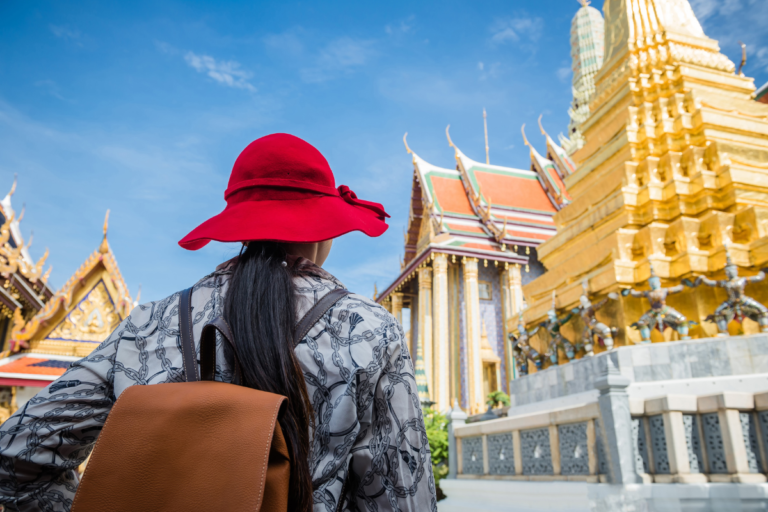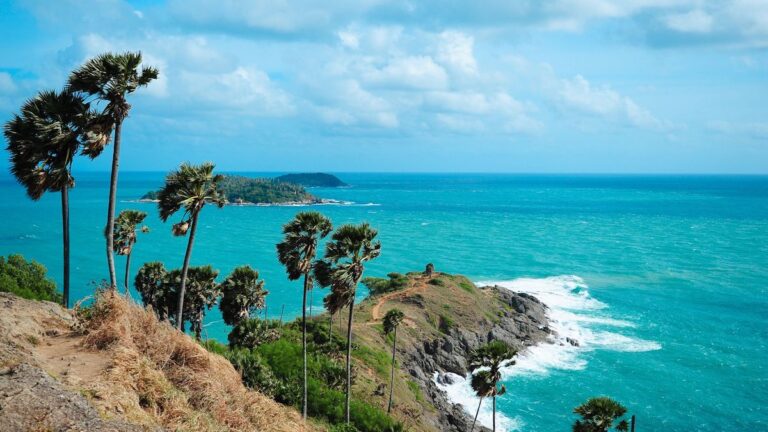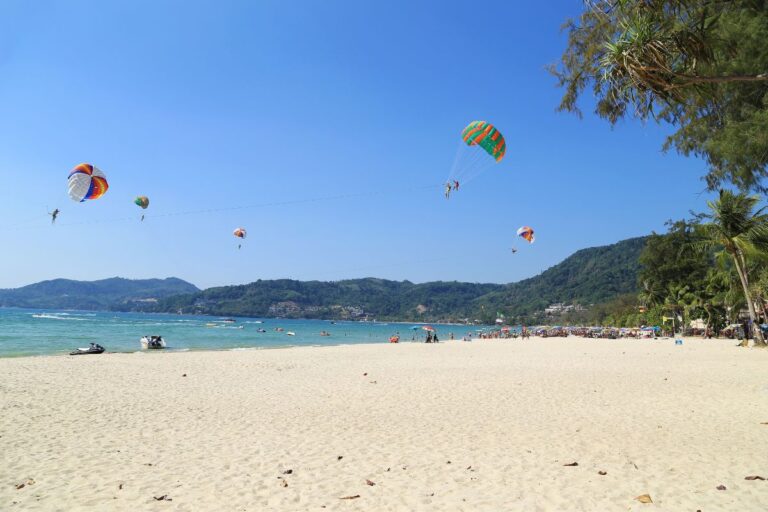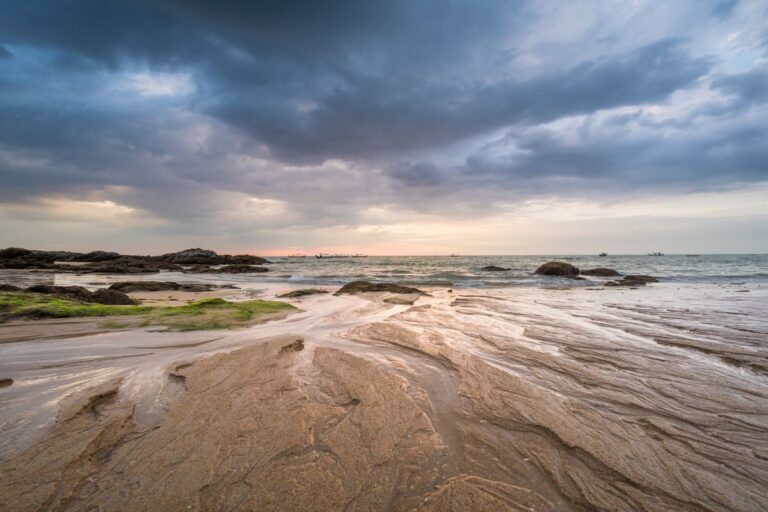Chao Ley Community
At first glance, Thailand’s indigenous population seems to be primarily Thai Buddhists. When delving a little deeper visitors will soon discover there are a number of different ethnic races living on the island that give it a distinctly cosmopolitan aura. Temples, mosques, and even an Orthodox church, as well as lively festivals, testify to the diverse origins of today’s country residents.
Have you heard of the Chao Ley? These sea-faring nomadic people, also known as sea gypsies, have been navigating the waters off the west coast of the Malay and Thai coastline for centuries. There are about 12,000 Chao Lay people who are spread across 44 communities in five provinces. Living a life seemingly untethered to land, the Chao Ley have their own unique language and cultural traditions that are steeped in maritime practices. Despite living in a technologically advanced world, they have managed to preserve their way of life and continue to live off the bounty of the sea.
Chao Ley History and Origins
Imagine 500 years ago, a group of nomadic boat people of Indo-Malay origin arrived in Thailand’s Andaman Sea with their distinct language and unique beliefs. They settled down and lived off subsistence-based fishing, making a life for themselves that lasted hundreds of years. Today, some descendants of the Chao Ley people have become a part of Thailand’s cultural landscape, with land, surnames, and citizenship granted to them.
It’s fascinating to know that they may be related to another group of Sea Gypsies on Surin Island in Phang Nga, known as the Morgan. Both groups sailed together and separated along the coast of Saiburi, now Malaysia’s Kedah state, around the Gunung Jerai Mountain, establishing separate settlements on various islands in the Andaman Sea.
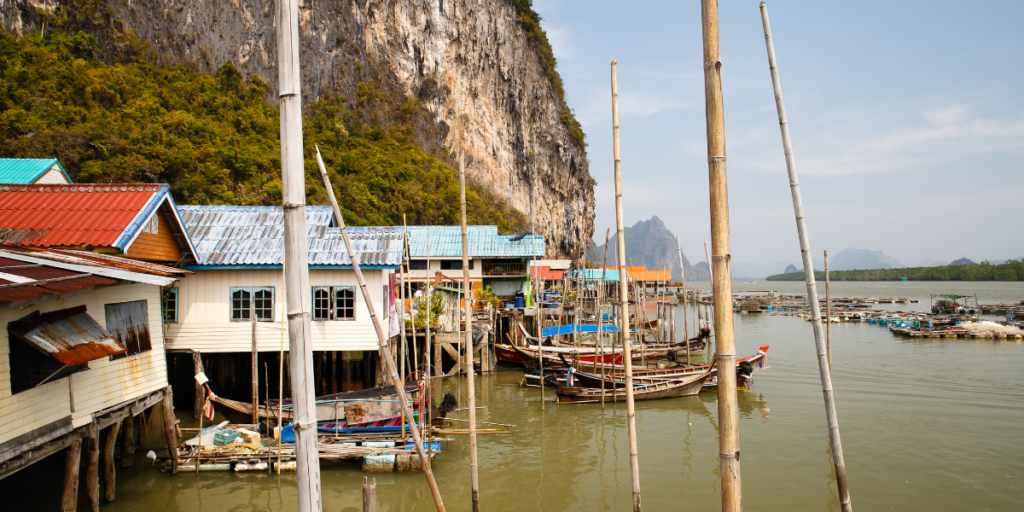
Chao ley used skills handed down from their ancestors to live off the sea’s creatures and its flora. So that no area was overfished, or its environment destroyed, the chao ley lived a nomadic lifestyle and kept moving from bay to bay. In contemporary times it is not so easy for the sea gypsies, or any other group of people for that matter, to pick up sticks and relocate en masse because the land is so scarce.
Chao ley have now settled in coastal villages up and down the Andaman coast. The villages include Ban Sangka-Oo on Koh Lanta near Krabi, and Laem Tukkae and Rawai on the south side of Phuket. The villages are clusters of houses raised on stilts close to the sea from which many chao ley still eke out their living.
Chao Ley Culture and Traditions
Despite the fact many chao ley now work with tourists and have been incorporated into Thai society, they still adhere to their own customs, traditions, and language.
Loy Rua Festival
The bi-annual Loy Rua Festival is one of the most significant celebrations of chao ley culture. The exact dates of the festival are defined by the rotations of the moon and change from year to year. Loy Rua coincides with the sixth and eleventh lunar months’ full moons which are towards the end of May and October.
Loy rua means to launch a boat and that is the main event of the festival. In the days of yore, chao ley used to put up temporary shelters on land in May and live in them until the end of the rainy season in September. To ensure they were safe all year round, sea gypsies built model boats and launched them with carved statues, hair and nail clippings of the families as well as grains of rice. With these ritualistic offerings, the chao ley say all possible bad luck is carried away on the ocean’s waves.
Sea gypsies celebrate Loy Rua at Rawai, Laem Tukkae, and other smaller communities in Phuket. Another notable location to take in the festivities is across the other side of Phang Nga Bay, on the island of Lanta Yai, where the villages of Sangka-Oo and Saladan often celebrate for three days.
The symbolic launching of the colorful crafts is accompanied by musicians and dancers. The dancers enact the old-style ramrong ngeng while the musicians help them keep time with traditional instruments. On occasion, female songstresses dressed up in traditional costumes and wearing lots of makeup add their melodious voices to the general sounds of gaiety.
Chao Ley Language and Communication
Sea gypsies have a unique culture and their own language. Although they have been living on the sea for hundreds of years, their language is only oral and there are no written records to prove its origins. The Chao Ley are divided into three main tribes: Mogan, Moken, and Urak Lawoi, and each group has its own language. Interestingly enough, the Moken language is different from the other two.
Chao Ley Livelihoods
Chao ley fish as they have done for generations with harpoons and traditional nets. Others dive below the sea’s surface looking for pearls. Evolutionary experts say that they are able to see more clearly than most people when they are working underwater because for generations they have been working in this unique environment.
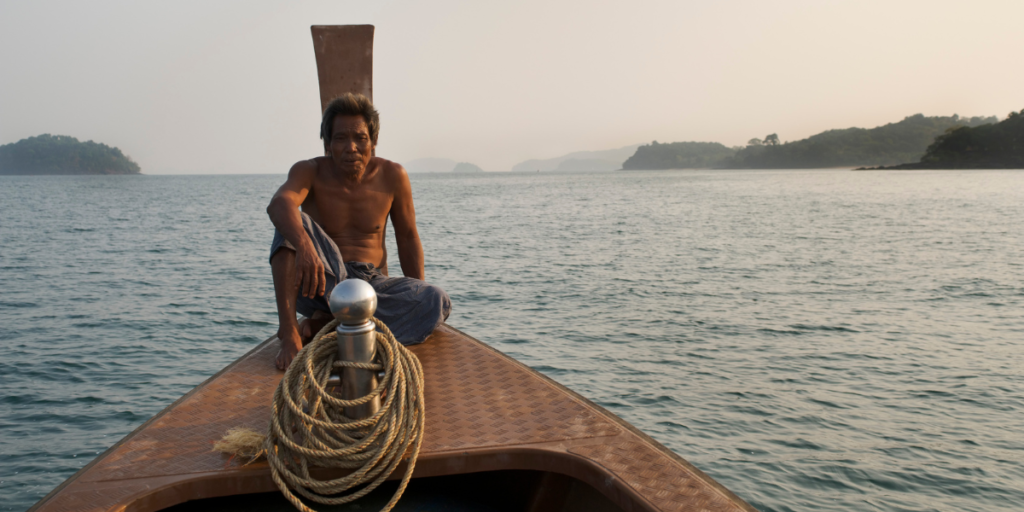
Challenges Faced by the Chao Ley Community
Unfortunately, Chao Ley communities are facing significant problems with land ownership and fishing rights. For example, some communities, like Rawai, have never made a legal claim for the land they occupy. This has caused serious issues when private developers obtain the deeds, leading to the relocation and assimilation of these communities. It’s clear that the Chao Lay community is in need of support and recognition for their rights.
As we bask in Phuket’s breathtaking sea views and relish in its vibrant nightlife, we can’t ignore the sobering reality that lies just a few feet away. More than 2,000 Chao Lay in Rawai battle with deplorable living conditions, while luxury resorts and upscale tourist facilities loom above them.
Chao Ley in Phuket
Chinese settlers arrived in Phuket during the 19th century to work its tin mines. Descendants of these Chinese immigrants are known as Peranakans, or Phuket Babas, and have settled in several parts of the island. Ethnic Chinese are particularly evident in Old Phuket Town where shophouses are reminiscent of those in their ancestors’ homeland.
A recent survey also revealed that up to 30 percent of the island’s population is Muslim and are the successors of seafaring pioneers primarily from Malaysia but also from other Indian Ocean nations. There is a sizable Muslim community in the environs of Surin Beach, and minarets and crescent moons atop mosques are proof that Islamic heritage and customs are very much alive in Phuket.
One of the longest-established groups of people to call Phuket home are the Moken, or sea gypsies as most Westerners refer to them. The sea gypsies are called chao ley by Thais and this actually translates as “people of the sea”. In olden times the chao ley roamed the region of the Andaman Sea that stretches from the Mergui Islands down to Satun, just above the Thai-Malay border.
Where Can You Find Chao Ley in Phuket?
The sea gypsy village at Rawai is close to the pier and a fresh fish market. After going out fishing, chao ley fishing boats return in the early afternoon and bring their catch to the market where it is eagerly snapped up by waiting buyers. Some of the boats are used to take tourists on fishing trips with barracudas, snapper, and other game fish the prizes for fortunate anglers.
Shops in the Rawai village sell sea-related natural souvenirs such as seashell ornaments, necklaces, and bracelets made out of pearls and stones. A few of the shopkeepers even sell their pearl items with authenticity certificates. Laem Tukkae is on Siray Island and is separated from the main body of Phuket by a narrow canal. A connecting bridge kinks the two. Laem Tukkae Village is home to around 2,000 chao ley who occupy a six-acre plot of land. As is the case with Rawai, this village is under threat of being swallowed up by property developers who are constantly on the lookout for prime coastal land to build resorts and condominium developments.

